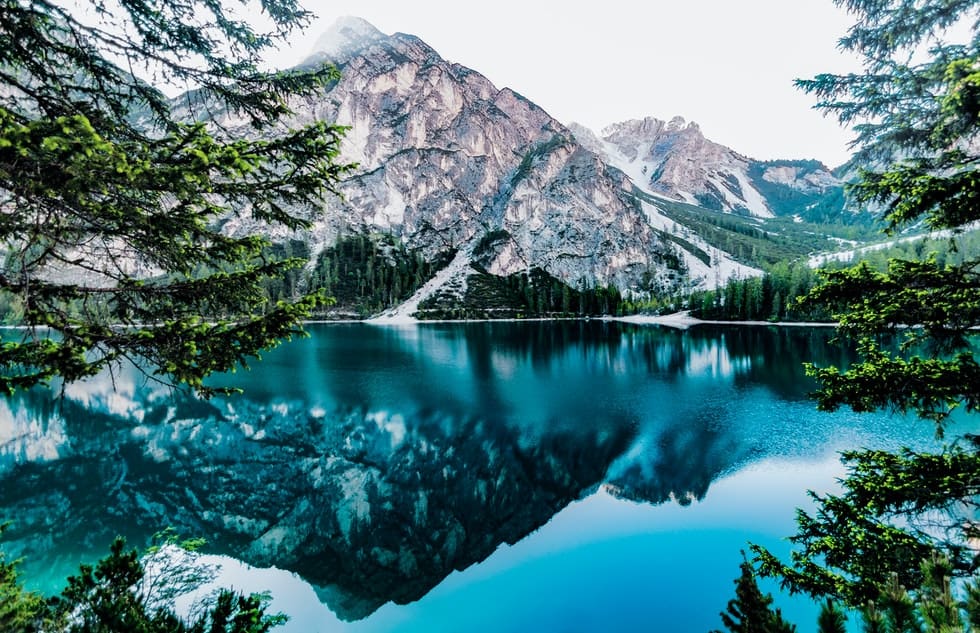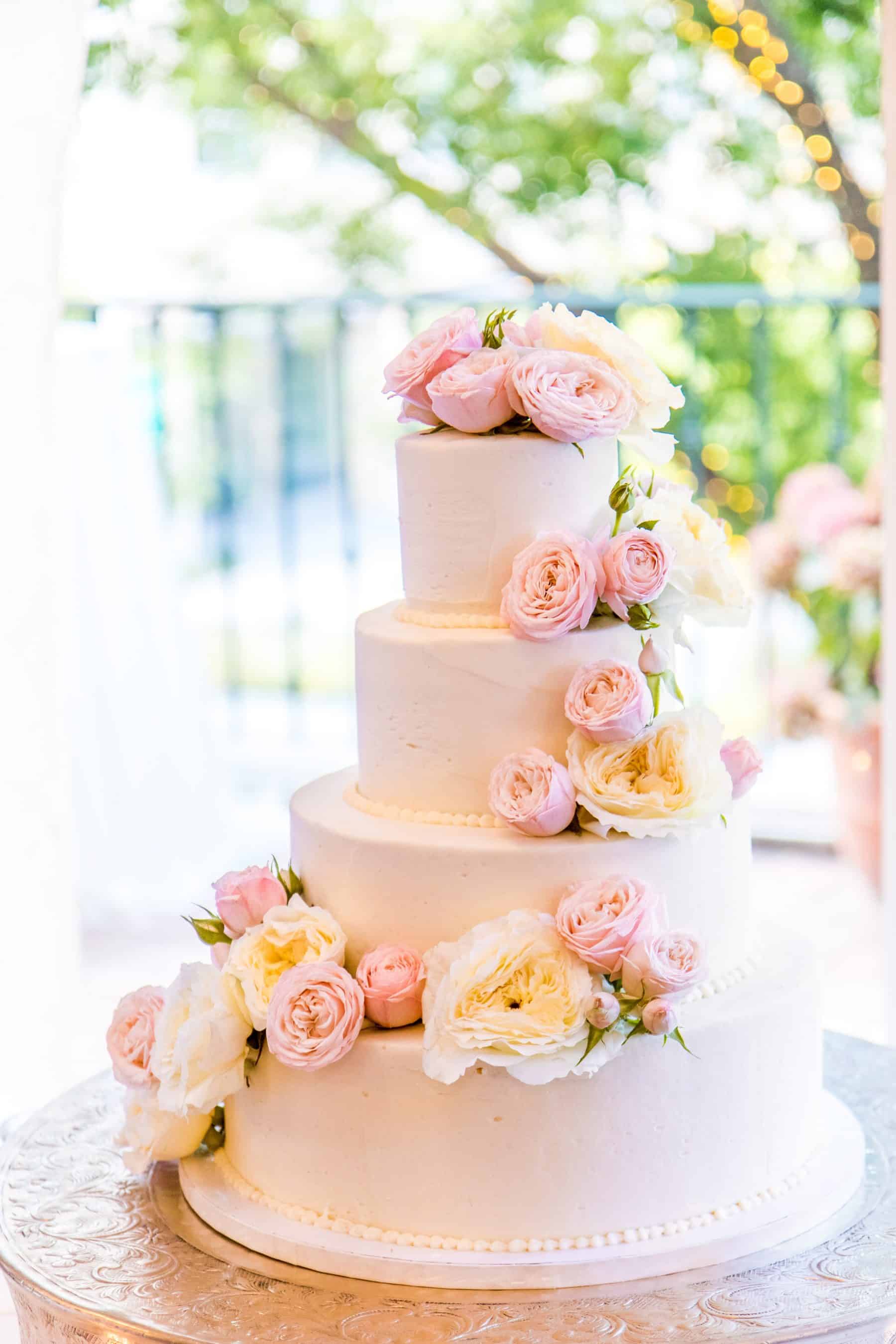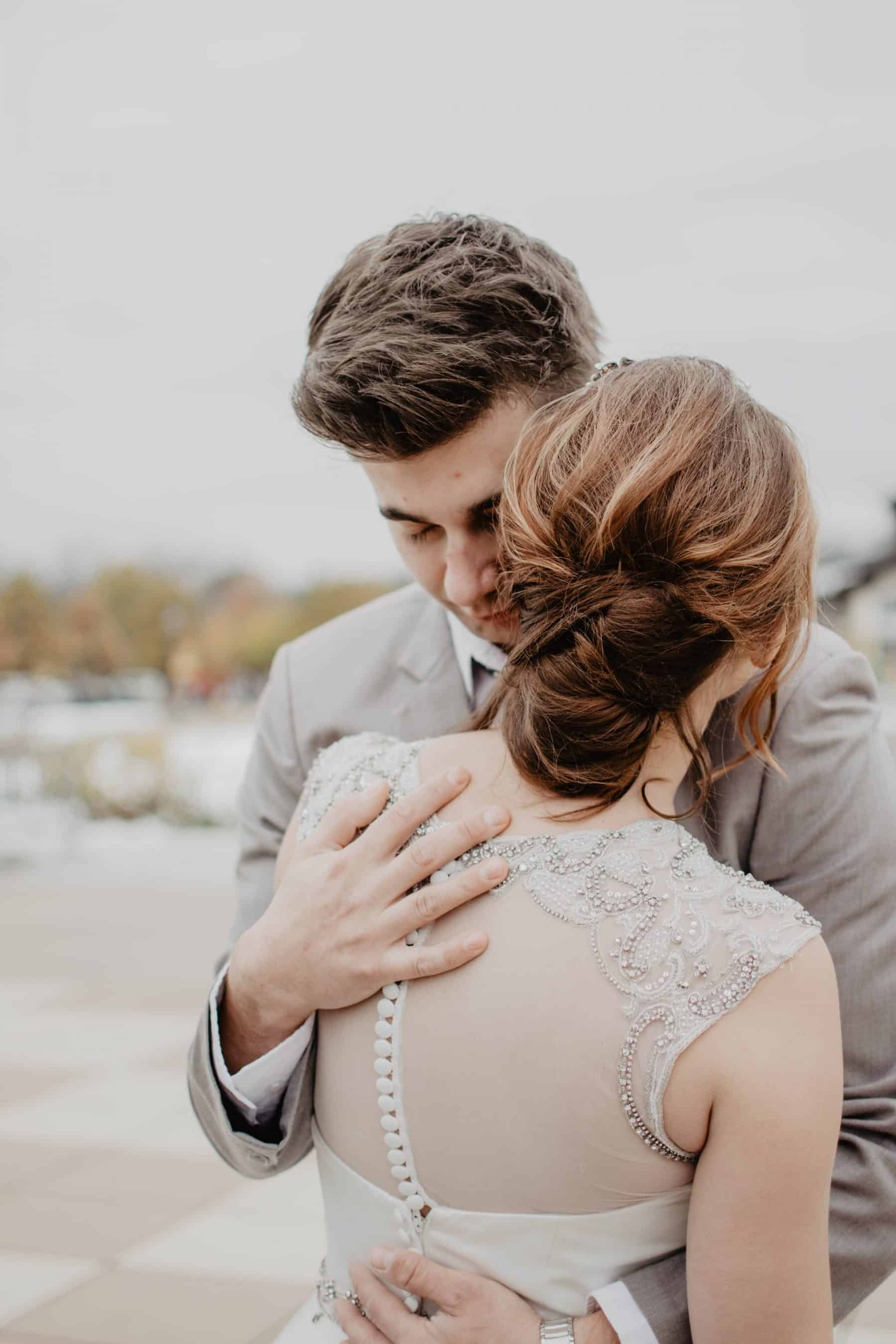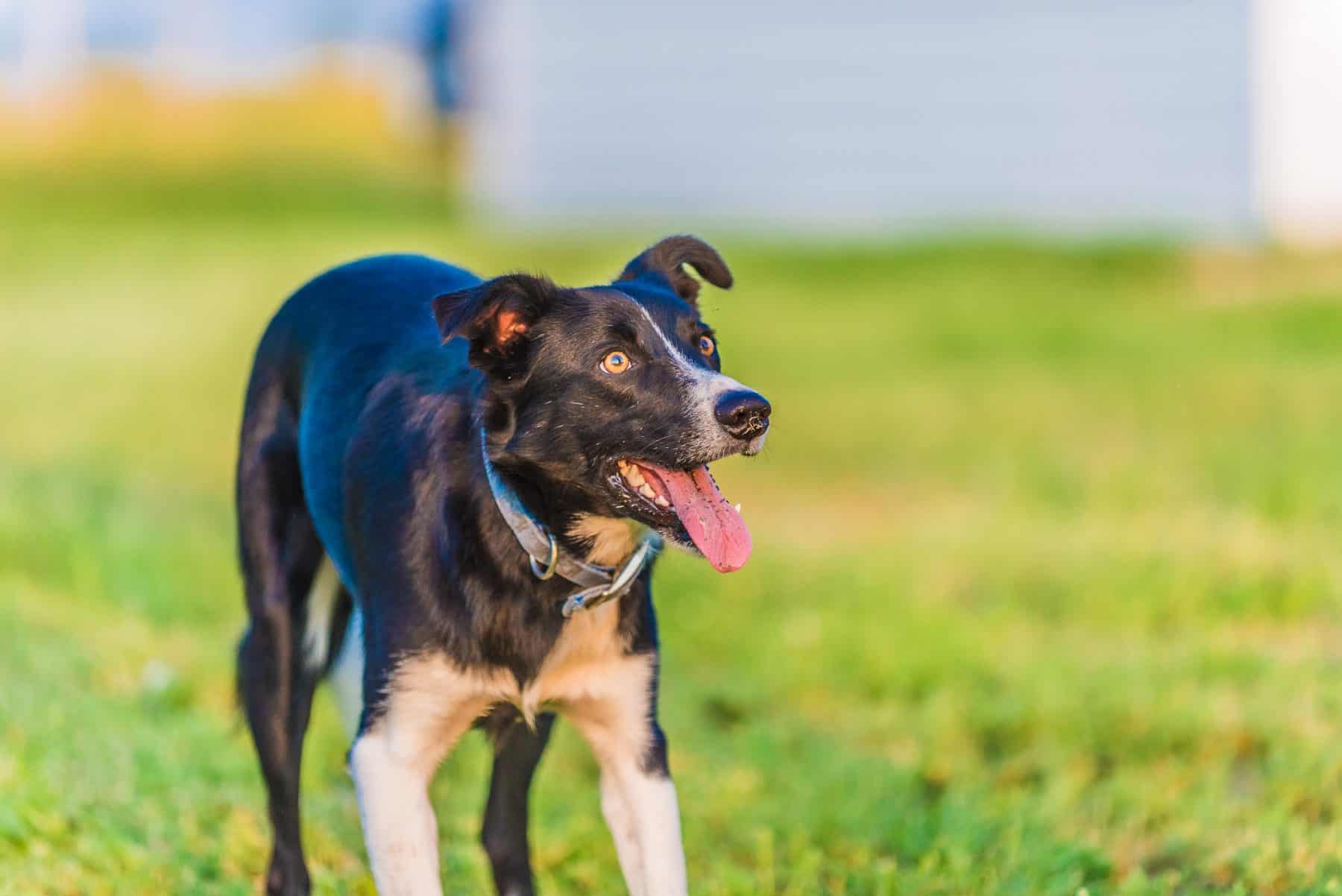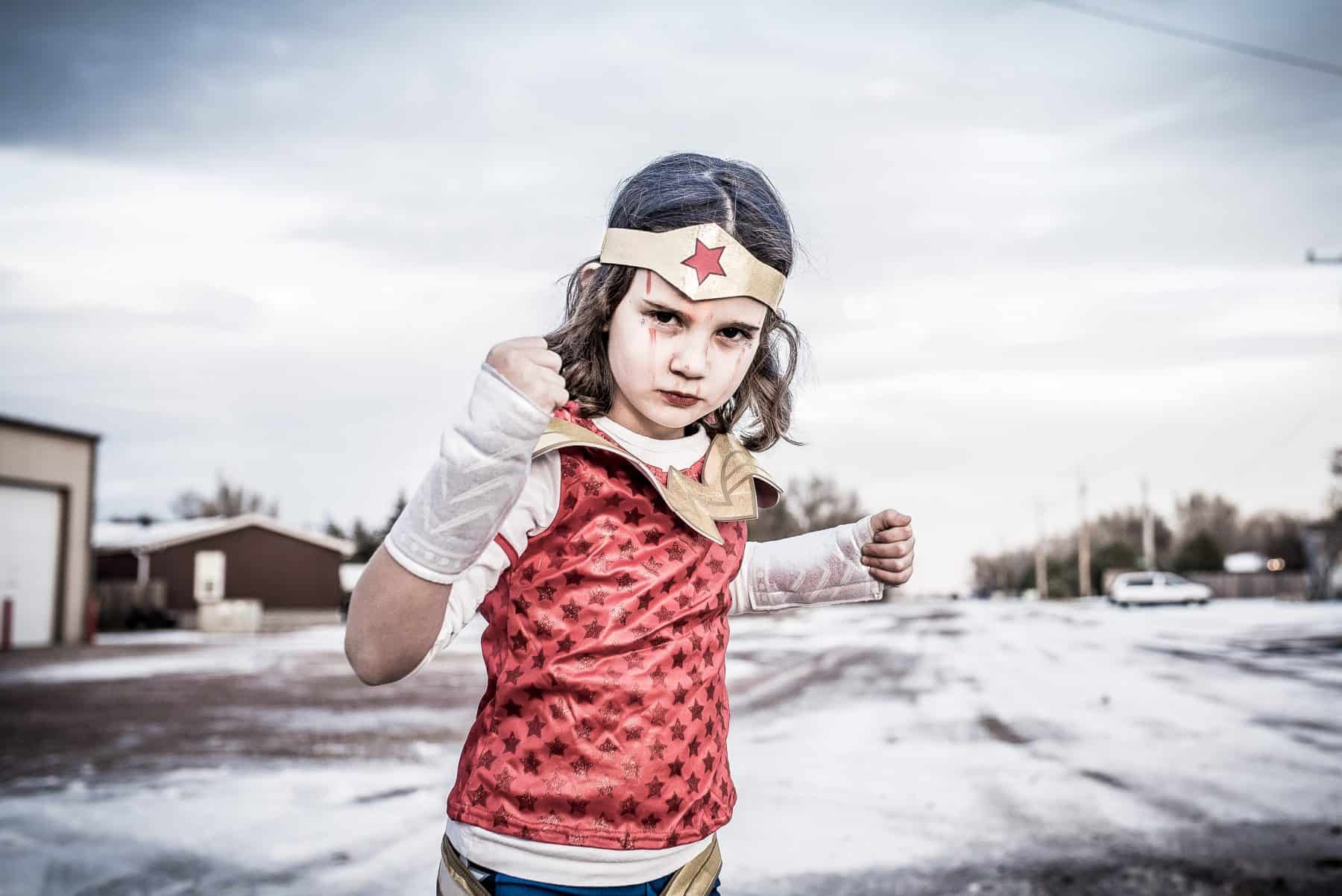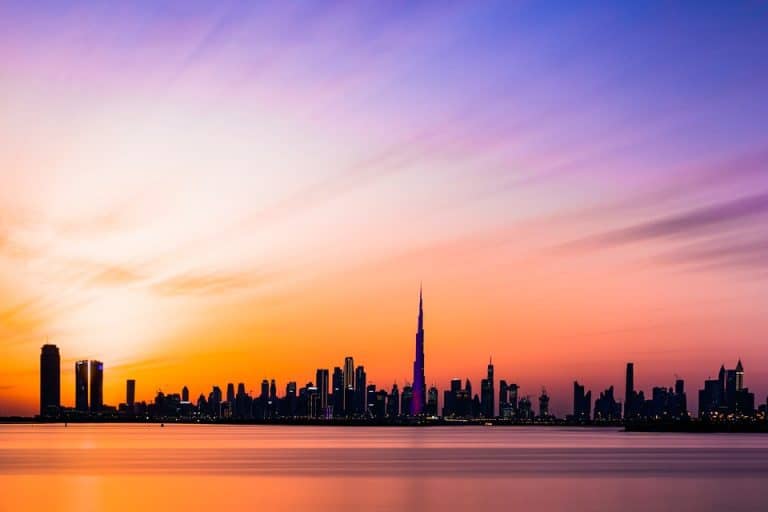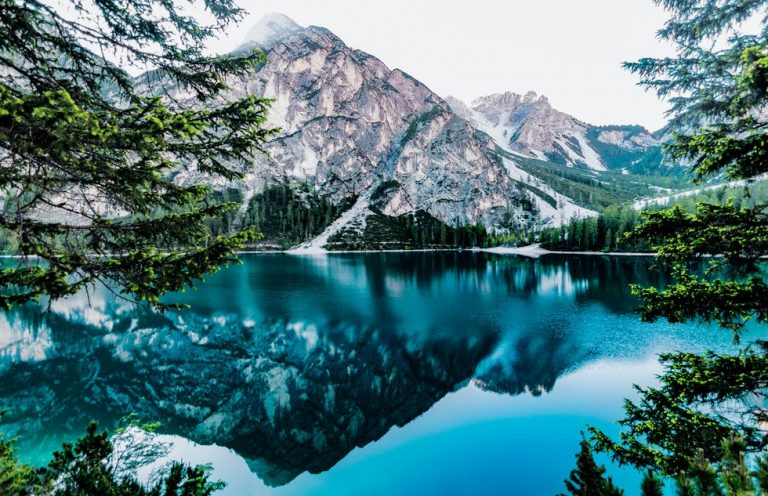Photography Editing Trends: What’s in and what’s out as we head into 2020
We just started a new decade. 2020. I remember thinking about the year 2020 back when I was a kid and it seemed so far away. Like flying cars run by garbage kind of far away. And yet here we are. So what does the future of photography look like? What photography editing trends can we expect as we move into the new year and new decade?
We’ll take a look at a few current trends and tell you what we think is going to gain and wane in popularity. Where possible, I’ll use some images of my own edited in the style so you can get a feel for what it looks like.
Photography editing trends and your business
There is no right or wrong when it comes to how you edit your photos. It’s more a matter of what appeals to you and your clients. But finding your photography style is important. First, it lends consistency to your work from image to image and session to session. It lets clients know what to expect when they hire you. And it makes your work feel like yours. So finding a photography editing style is an important part of your business and your art.
Your style is also what sets you apart from other photographers. Many people think your style is simply what presets you use. But it really is more than that. It’s your use of light, angles, perspective and bokeh. It’s how you pose people, the emotion you evoke in your clients AND your edits.
Want more about finding your photography style? Read what Ernest Hemmingway taught me!
Trendy vs. Timeless
Finding a style you love is important. But it’s also important that your style can stand the test of time or you’ll be struggling to find your identity every few years.
What do I mean by that? I mean make sure your style will still be in demand even if the trends change.
Think back to the you of ten or twenty years ago. What did you wear? What music did you listen to? What kinds of expressions and sayings did you use?
Twenty years ago, I was in my first job out of college. I was sporting face framing layers and piecey bangs ala a mature Hillary Duff. I was still wearing my clunky Doc Martens on the weekend and a suit jacket with shoulder pads and matching pencil skirt with panty hose at work.
If I dressed like that today for a photoshoot, people would laugh at my “vintage” look. Why? Because it’s dated. That’s not what you want your photography to look like in three, five or ten years.
So as you work through finding your style, make sure that you work can stand the test of time and that you aren’t simply following the hottest photography editing trends.
Why is consistency so important? Read our tutorial!
Photography Editing Trends: What’s Hot
What are the current popular photography editing trends? These styles are the most common ones you’ll see used by photographers today.
 Dark and Moody
Dark and Moody
Dark and moody images are a fairly recent, but very popular, photography editing trend. These photos tend to be darker with more neutral, muted colors and have a bit of a cinematic feel to them. Certain tones, like orange, red and yellow are very saturated (but not vibrant). Greens and other cooler tones are less saturated.
Dark and moody color palettes often include forest greens, desaturated purples, maroons, silver, dull golds, navy blue and gray.
Issues to watch out for:
- Skin tones can lean toward orange, and other colors might not always represent true-to-life.
- Consistency between indoor and outdoor shoots can be hard to maintain.
- What looks really romantic and moody on a computer screen can come out dark and muddy in prints.
Light and Airy
Light and airy photos are white, bright and lean toward cheerful and more whimsical. That’s not to say you can’t have serious light and airy photos. But the tone and feel are happy and bright. Tones are soft without being muted and skin tones lean toward smooth and creamy.
Light and airy is extremely popular for both weddings and portraits.
While light and airy presets and editing techniques exist, this style is also achieved in-camera. Light and airy photographers often shoot in light and airy environments, where the is lots of open space, fewer greens, and shadows. Their preferred color palettes, too, lend toward the style with lots of pale pinks, blues and yellows, and other neutrals.
Issues to watch out for:
- Getting those bright tones often means blowing out the sky. A blown out sky will actually just appear as white on print, meaning a whole lot of your photo won’t have any tone to it when printed.
- Light and airy presets can tend toward the pastel. Greens become minty and pink tones become too rosy if you don’t keep a watchful eye.
- A lack of contrast in an image can make it feel flat and lifeless.
- New photographers confuse light and airy with simple overexposing of the image.
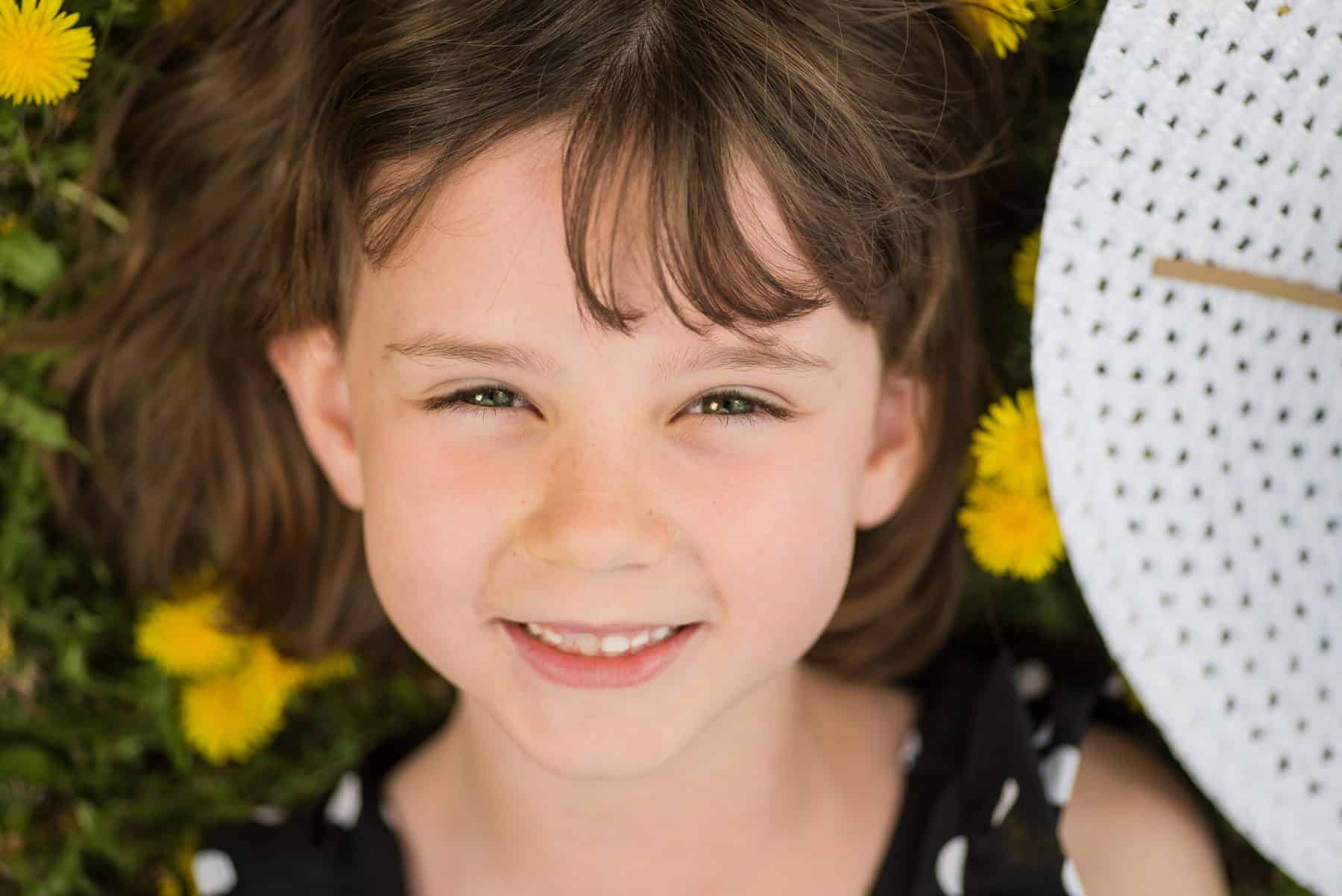 Classic and Colorful
Classic and Colorful
The classic and colorful style doesn’t really have a distinct name. Some call it classic, some call it crisp-and-clean. Despite not having a catchy name, it’s still very popular and timeless. This style has very true to life colors, usually with a bit more contrast, saturation and vibrancy added for pop. Skin tones, as well as other color tones, represent as largely accurate. It’s similar to light and airy but with more color.
Issues to watch out for:
- Bold colors and heavy contrast can become overwhelming and unrealistic.
- Using too much saturation can cause skin tones to become orange.
Black and White
Black and white images are becoming increasingly popular. Most photographers don’t edit exclusively in black and white. But they will offer several black and white images together with other color images in a gallery, for example.
There are different styles of black and white in and of itself. And black and white images can have a hint of color to them. Some photographers prefer their black and white with hints of blue or red to them. Others like a bit more contrast to give them some pop. The two images above demonstrate how even black and white images can vary from one another.
Issues to watch out for:
-Whatever black and white style you choose, it should complement your color editing style. You wouldn’t, for example, choose a dark, gritty black and white editing style to go with a light and airy color style. The two images would feel out of kilter from one another. Your black and white images should merge seamlessly with your color images.
Still popular but not as pervasive
The following trends are still popular, but not quite as pervasive as they were just a few years ago.
Earthy
The Earthy style is very similar to the dark and moody photography editing trend, but I consider it a different style. Some people call this the desaturated style. As that name implies, with earthy images, all the colors are very muted. Reds, greens and blues are desaturated from their original vibrancy. These images too, take on a bit of a cinematic feel. Sometimes they involve the use of a subtle matte, or haze, added to the image.
Issues to watch out for:
- Desaturating in post-production can alter the colors so that they aren’t true to life. A groom’s blue jacket, for example, might look gray.
- Skin tones lean toward creamy but can end up looking washed out and pale.
HDR photography editing trend
HDR stands for high dynamic range. It has been a subject in photography since way back in Ansel Adams’s day.
Today, we use it to describe images that are edited in post-production using software and a specific technique to extend the limited range of tones in a single image.
Our eyes can take in a greater range of tones than our camera. When we look at a scene with shadows, mid-tones, and highlights, our brain makes easy sense of them. We can see the nuances of the tones. A camera, however, loses the tones on either end. If you try to capture the shadows as true to life, with texture and color, you generally “blow out the highlights,” meaning the brightest areas in your scene are completely white. They have no texture or color to them. You’ve probably experienced this problem if you’ve ever tried to capture the saturated colors of a sky while properly exposing people at sunset. Without flash, you can’t get both properly exposed at once.
This processing allows you to expose for both the highlights and shadows. It involves taking several images at different exposures and combining that high dynamic range of tones together in one final image in post-production. The result is an image where the shadows have color and texture, the mid-tones are properly exposed and the highlights are bright but not completely blown out.
HDR is an extremely popular photography editing trend for landscape and architecture. Some photographers also use it for portraits. When done correctly, it’s spectacular. But it can be hard to get high dynamic range enhanced images just right. The image above is one of my images that I ran a preset on to demonstrate what a high dynamic range edit might look like when it goes too far.
Issues to watch out for:
- Over-processing images is easy to do when using HDR. Instead of making the scene more realistic, the editing sends the image “over the top.” Colors become too vibrant and saturated, a great deal of noise gets added to the image and it takes on a surreal quality.
- Reducing the contrast between the very light and very dark areas in your scene causes it to look fake.
- HDR can be extremely unflattering to human and animal portraits. Unless done correctly, they just look off. The best way I can describe it is almost cartoonish.
Gritty/Grunge photo editing trend
When you hear grunge, you might think of 90s era angst, flannel, holey jeans, and the musical stylings of bands like Nirvana or Tool. Today, it’s become a popular photography editing trend.
The gritty/grunge look isn’t as pervasive as it was a few years ago, but I see the technique still used by a lot of sports portrait photographers. Street photographers and even some portrait artists prefer this style as well. Like the musical genre that the term was coined for, this photography editing trend makes images look dirty, distressed and edgy. It works best if the subject itself runs toward dark and gritty.
Like many of the other photography editing trends, this isn’t strictly an editing style. The best grunge photographers make use of light and contrast in-camera so that the editing only enhances the original image, not add something that isn’t there. Grunge photographers seek out dark areas with lots of texture and contrast. They aren’t afraid of shadows and use them with gusto.
Issues to watch out for:
- The grunge look lends itself toward an image with noise. This noise, or added texture, can be unflattering for many portraits.
- The image can also look dirty or flawed. While it might look stunning on a computer screen, when printed, the image can look muddy and grubby instead of edgy.
- Skin tones look very washed out and the grunge images run toward cool. The colors aren’t represented as true-to-life.
- Grunge photography editing techniques can make subjects appear older than they are.
Dated photography editing trends
There’s nothing inherently wrong with the next few trends we are going to talk about. There might be instances where you still want to use the trend and can pull off an amazing image. But by and large, these photo editing trends have lost favor with the photography community and the public at large. Using them may make your images feel immediately dated and out of style.
- Sepia Images. Sepia images are monochromatic, but instead of being black and white, they are more brown and white. The overall image feels brown, tan or orange. In the early days of photography, sepia was a color toning issue. It was an actual chemical applied in the printmaking process that made the image warmer. Sepia images were popular in the late 1800s and early 1900s and sepia toning in digital images made a comeback a number of years ago. But again, this trend has fallen out of favor. Occasionally it works, but as a consistent photography editing style, it will look dated and out-of-place.
- Mattes. Mattes were all the rage a few years ago. This technique makes your images look a bit soft and hazy. Heavily matted images are falling out of favor.
- White vignettes. Brightening or darkening the corners of your image is called adding a vignette. White vignettes, then, are a lightening of the corners to the point that they become white while the image retains it color and shape in the center.
- Selective color. Selective color involves turning an image black and white but leaving a certain part of the image in color. This was cool and had its place once-upon-a-time. But again, it’s a dated technique. Use it sparingly or risk the scorn and judgment by other snobby photographers.
Photography trends for 2020
I don’t have a crystal ball and I’m not exactly what you’d consider on-trend most of the time. But after doing some research and talking with friends at some stock photography sites and in fashion, here are a few trends to be on the lookout for as we move into the era of flying cars and personal robots. These aren’t necessarily exclusively photography editing trends, but rather what types of images that will be in demand in the future by advertisers and subsequently, everyday clients.
- Vertical images. Blame our dependence on smartphones. But we are becoming accustomed to seeing vertical images and starting to demand that in advertising and our own personal portraits. Look for opportunities to compose compelling vertical portraits…your clients will love them!
- More authentic, spur of the moment shots instead of posed, stand here, put your arm like this, turn your head 20 degrees shots. Great news if you love lifestyle photography!
- Bold, vibrant colors and even neon. We are already seeing this in clothing with the comeback of some 80s inspired tones like bright pinks, yellows, oranges, turquoise, and reds.
- 360-degree photography
- Drone photography
- More authentic, unedited skin tones and body types. Natural, authentic beauty is in!
- Photos that convey motion in people specifically.
- Photos depicting active and healthy senior adults, protecting the environment and racial and ethnic diversity and harmony. If you’re a photographer who submits stock images, these are the trends advertisers are looking for.
- Photos that convey intimacy, not just between lovers but between friends, colleagues, families, and others in our worlds. The idea that we are all connected and interdependent is showing up in images worldwide.
Your art, your choice
Your photography editing style can take a bit to work out. And it’s an entirely personal decision. Shoot and edit in a style that you find compelling and interesting. If you love the matte look or the HDR look or dark and moody, go for it. This is your art and you get to make it look however you love it best. Don’t let someone else dictate what you love and appreciate.
But recognize that a style can fall out of demand. What’s hot right now might not still be hot in five or six years. Don’t pigeon hole yourself into a style and affect your longevity as a business owner. And know that your style will change and grow as you change and grow as an artist. Work toward finding a style that will stand the test of time and keep your work looking timeless across the decades.
